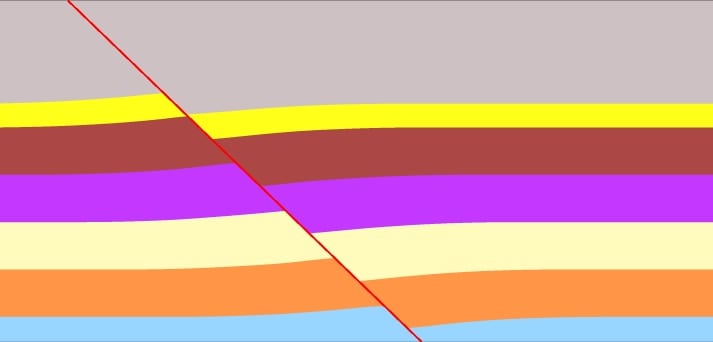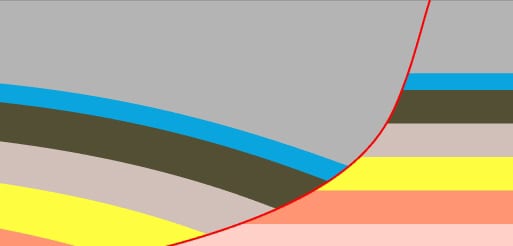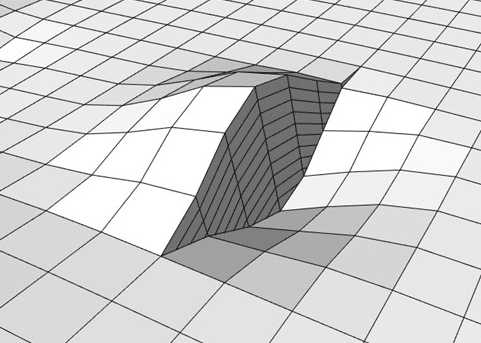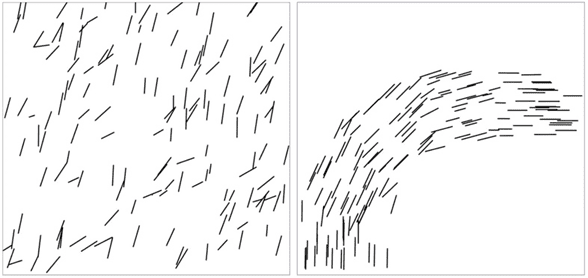HAVANA – Fault Modelling
- Department SAND
We have developed a software tool to describe how fractures in the Earth’s crust affect fluid flow in reservoirs. With HAVANA, faults are not just planes or surfaces, but objects with properties that can affect and modify reservoir models. Our software can improve understanding of reservoir performance, reduce risks and costs and optimise resource extraction.
HAVANA can be used for:
- studying flow effects on all fault scales
- adding faults to simulation grids by displacing grid cells or by modifying transmissibility multiplicators
- examining geometric uncertainty of faults on volumes

HAVANA employs a unique way of representing faults. Each fault is characterised by:
- the fault plane geometry
- displacement along the fault plane
- the volume influenced by the fault
- a fault operator that is able to displace a 2D surface or 3D corner-point grid, as well as reversing the displacement to remove a fault from a surface or grid.

Modelling new faults
HAVANA can simulate new faults. This functionality uses an elliptic fault model and is mainly used to simulate sub-seismic faults, which enables:
- fault simulation based on trends
- simulation of “child faults” around larger faults.
- the possibility to control fault groupings.
Uncertainty modelling
It is also possible to use HAVANA to study the uncertainty in fault service geometry, which includes:
- modelling and visualising fault surface uncertainty envelopes
- deterministic changes in fault location
- deterministic changes in fault dip
- simulating fault surfaces.

Fault displacement modelling
HAVANA can create displacement fields for faults based on input fault lines. This means:
- predicting fault displacement fields
- updating fault lines and horizons
- simulating fault displacement fields.
Updating simulation grids
The simulation grid can be updated depending on changes in the fault model, making it possible to:
- add new faults to the simulation grid.
- alternate permeabilities based on small, simulated faults.

